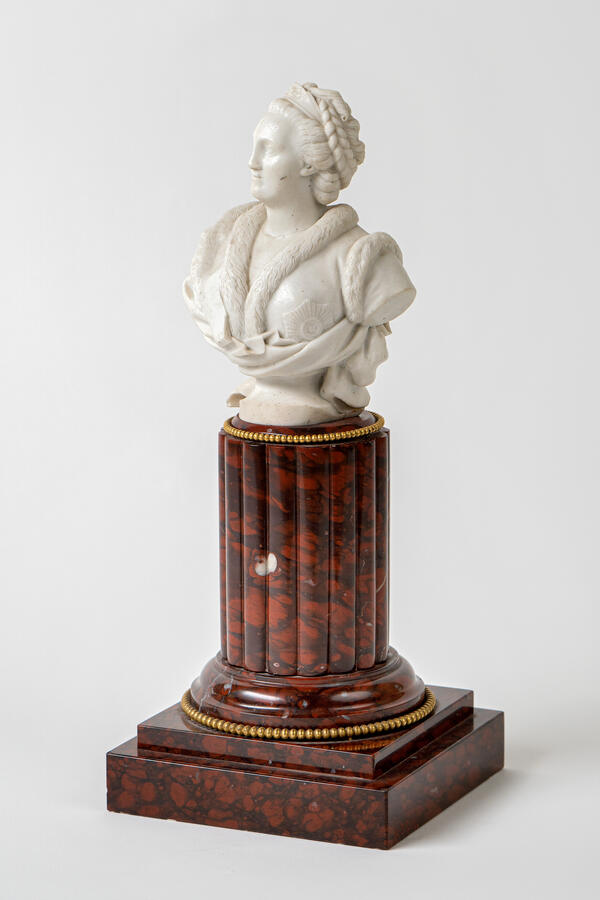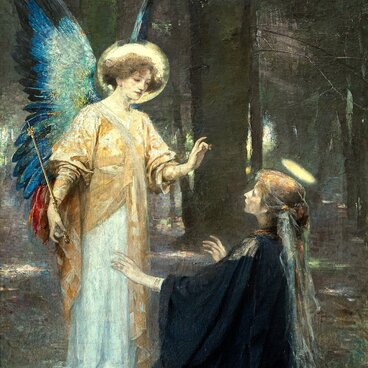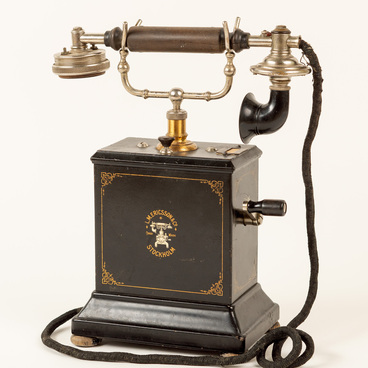The bust of Catherine II wearing a diadem, a dress trimmed with sable, and a ribbon and star of the Order of St. Andrew on her chest was made at a porcelain factory founded by a Russified Englishman called Franz Gardner. The half-length portrait of the empress is mounted on a stone pedestal decorated with bronze belts. The bust on display is a copy of the French original, created in 1779 based on a design by the French sculptor Louis-Simon Boizot, head of the sculpture workshop at the Sevres Porcelain Manufactory.
Boizot’s porcelain portrait was part of a grandiose table ornament for the famous cameo service commissioned by Catherine II from the Sevres Porcelain Manufactory in 1778–79. The table ornament was made of biscuit. The centerpiece featured the composition “Russian Parnassus” with the theme “The sciences and arts anxious to honor the Russian empress, whose victorious armies have restored peace in her country.” The service was intended for Catherine’s favorite, His Serene Highness Prince Grigory Potemkin.
In Russia, the bust, based on Louis-Simon Boizot’s model, was only produced at the Gardner Porcelain Factory in the late 18th — early 19th centuries. It is quite possible that the biscuit portrait was produced at the factory on a government commission. The sculptural portrait of Catherine II is based on an engraving after the original by the Italian artist Pietro Antonio Rotari made in 1762. The portrait was engraved several times both in Russia and in Western Europe. According to the empress herself, the portrait came out “rather well-turned.”
In 1762 Princess Ekaterina Dashkova, the Empress’s favorite and one of the most educated women of her era, composed verses to this portrait:
Boizot’s porcelain portrait was part of a grandiose table ornament for the famous cameo service commissioned by Catherine II from the Sevres Porcelain Manufactory in 1778–79. The table ornament was made of biscuit. The centerpiece featured the composition “Russian Parnassus” with the theme “The sciences and arts anxious to honor the Russian empress, whose victorious armies have restored peace in her country.” The service was intended for Catherine’s favorite, His Serene Highness Prince Grigory Potemkin.
In Russia, the bust, based on Louis-Simon Boizot’s model, was only produced at the Gardner Porcelain Factory in the late 18th — early 19th centuries. It is quite possible that the biscuit portrait was produced at the factory on a government commission. The sculptural portrait of Catherine II is based on an engraving after the original by the Italian artist Pietro Antonio Rotari made in 1762. The portrait was engraved several times both in Russia and in Western Europe. According to the empress herself, the portrait came out “rather well-turned.”
In 1762 Princess Ekaterina Dashkova, the Empress’s favorite and one of the most educated women of her era, composed verses to this portrait:



